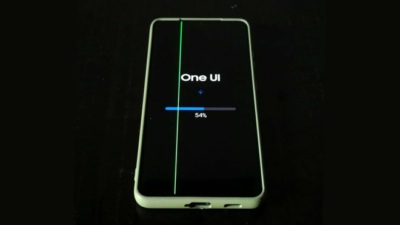World’s Fastest Camera takes 10 Trillion Frames/Second

The researchers have developed the world’s fastest camera that could take 10 trillion frames per second. The camera is the fastest to date and could make slow motion more like real images.
The camera makes it possible for the users to experience any phenomenon or process in highly slow motion, same as freezing time.
The new system relies on femtosecond streak camera and combines a data acquisition type which is majorly used in applications like tomography. A study that was published in the journal—Light: Science & Applications, the co-lead author—Wang Lihong said that they know by incorporating the use of only a femtosecond streak camera, the quality of the image would be restricted.
Also Read: Samsung Galaxy S10 Colour Options Revealed
He further explained that for improving the image quality they added another camera that captures a static image. Together with the captured image by the femtosecond streak camera, they could use what is referred to as the Radon transformation for obtaining high-quality images while recording 10 trillion frames per second.
The camera was developed by the scientist at the Caltech and INRS, is dubbed “T-CUP” and has created the world record of real-time imaging speed. The camera makes it possible to study the interactions between light and matter at an incomparable temporal resolution.
As per the reports of New Atlas, during the first test the camera captured a single femtosecond pulse of laser light and recorded twenty-five images that were each five hundred femtoseconds apart this indicated to the scientists the changes in the shape of light pulse, its intensity and angle of inclination, in a much slower motion than ever before recorded.
Liang Jinyang—the lead author of the work referred to the work as “an achievement in itself”. He said that they already see the possibilities of increasing the speed to more than one quadrillion frames per second.
More Read: Android Working on A Phone that Could Type and Text Independently for User
Research Snipers is currently covering all technology news including Google, Apple, Android, Xiaomi, Huawei, Samsung News, and More. Research Snipers has decade of experience in breaking technology news, covering latest trends in tech news, and recent developments.











